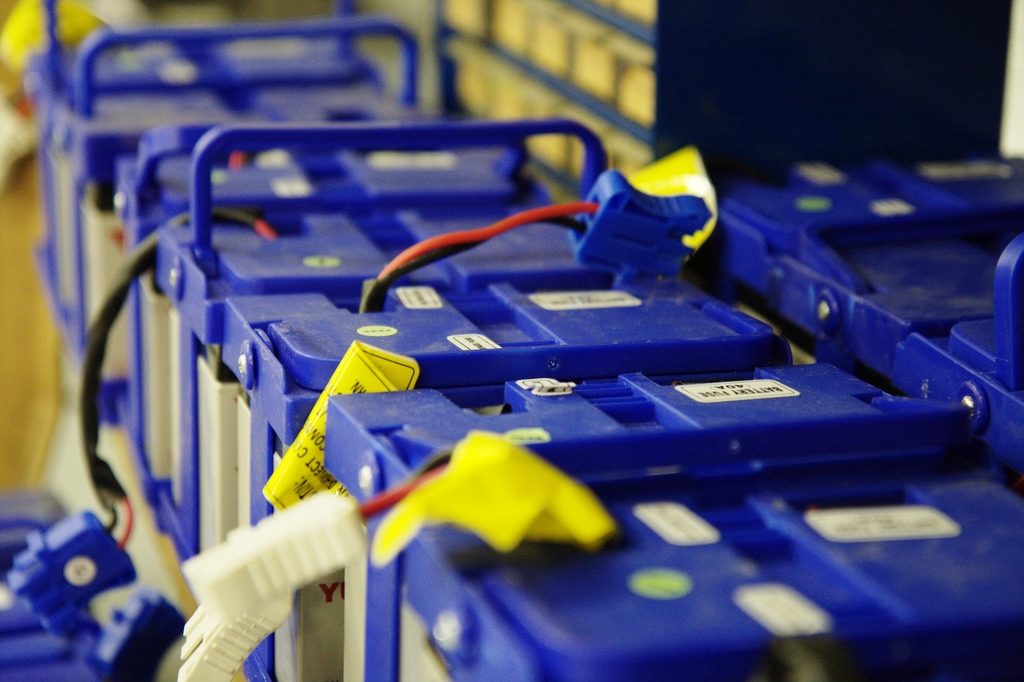Testing the performance of lead-acid batteries is essential to ensure their functionality, identify potential issues, and maximize their lifespan. Here are common methods for testing lead-acid battery performance.
- Open Circuit Voltage Test:
- Measure the open circuit voltage (OCV) of the battery using a digital multimeter. A fully charged lead-acid battery typically has an OCV around 12.6 to 12.8 volts for a 12V battery. Lower voltages may indicate discharge.
- Specific Gravity Measurement (For Flooded Batteries):
- Use a hydrometer to measure the specific gravity of the electrolyte in each cell of flooded lead-acid batteries. Specific gravity provides an indication of the state of charge. Fully charged cells typically have a specific gravity around 1.265.
- Load Testing:
- Perform a load test using a battery load tester. This involves applying a load to the battery and monitoring its voltage response. A significant drop in voltage under load may indicate a weak or failing battery.
- Capacity Testing:
- Use a battery capacity tester to assess the battery’s ability to store and deliver energy. This test involves discharging the battery at a constant rate until a specified endpoint voltage is reached. The capacity is then calculated based on the discharge time.
- Internal Resistance Measurement:
- Measure the internal resistance of the battery using a specialized internal resistance tester. Elevated internal resistance can indicate a compromised battery.
- Voltage Recovery Test:
- Apply a load to the battery for a short duration and then measure the voltage immediately after removing the load. A healthy battery should recover its voltage quickly.
- Hydrometer Test (For Flooded Batteries):
- Check the electrolyte using a hydrometer to ensure proper concentration. Low electrolyte levels or incorrect concentrations can impact performance.
- Visual Inspection:
- Inspect the battery for physical damage, leakage, or corrosion. Damaged or leaking batteries should be replaced.
- Temperature Testing:
- Test the battery’s performance at different temperatures, as extreme temperatures can affect its efficiency. Some tests may involve subjecting the battery to elevated or low temperatures and monitoring its performance.
- Battery Management System (BMS) Data:
- If the lead-acid battery is part of a larger system, check data from the Battery Management System (BMS) for information on voltage, temperature, and charging/discharging patterns.
Always follow safety precautions when testing lead-acid batteries, and refer to the manufacturer’s guidelines for specific testing procedures and limits. Regular testing and maintenance can help identify issues early and ensure the reliable performance of lead-acid batteries.


